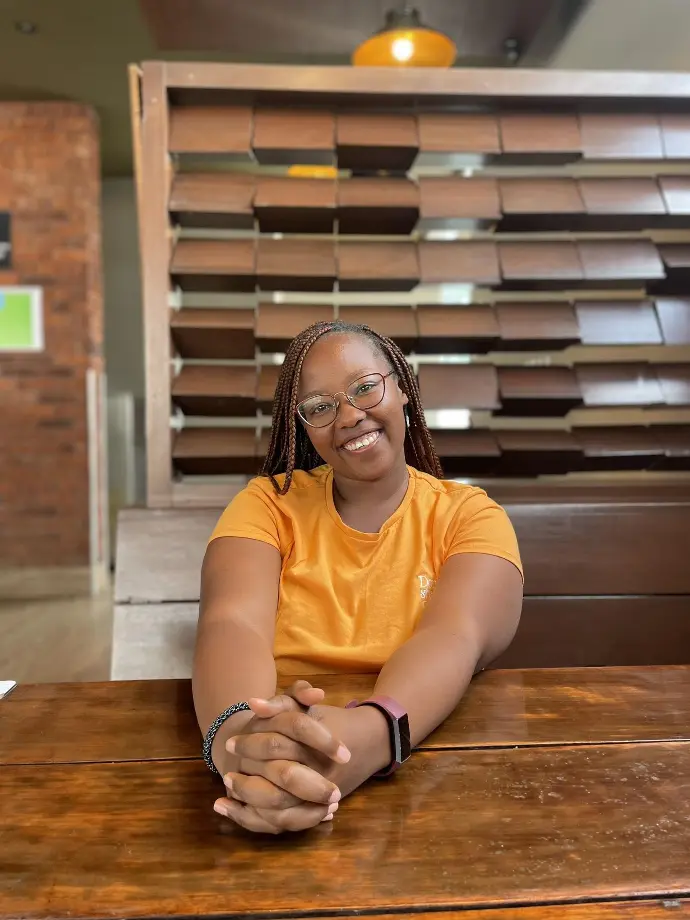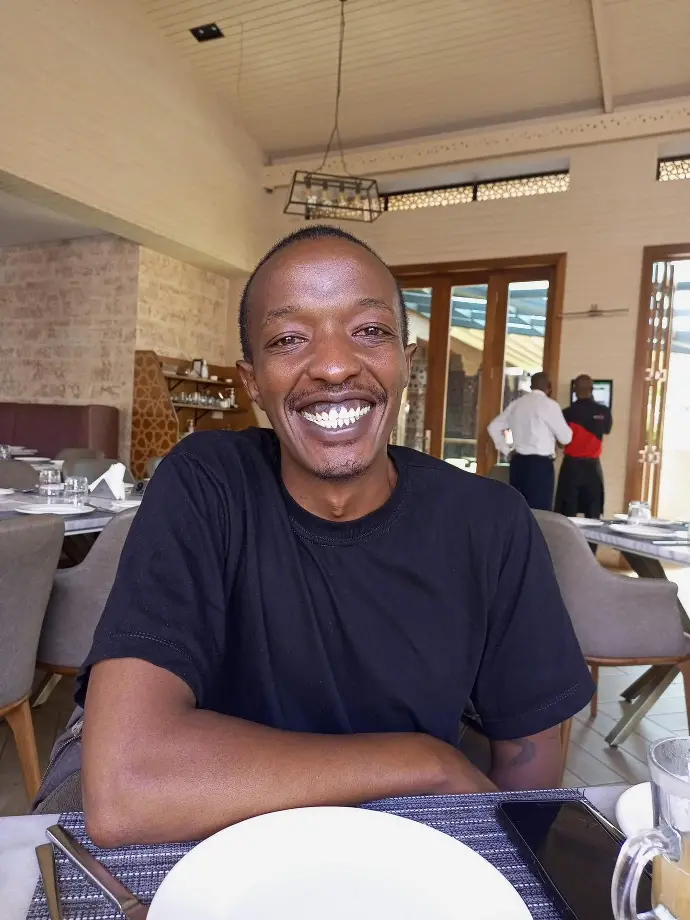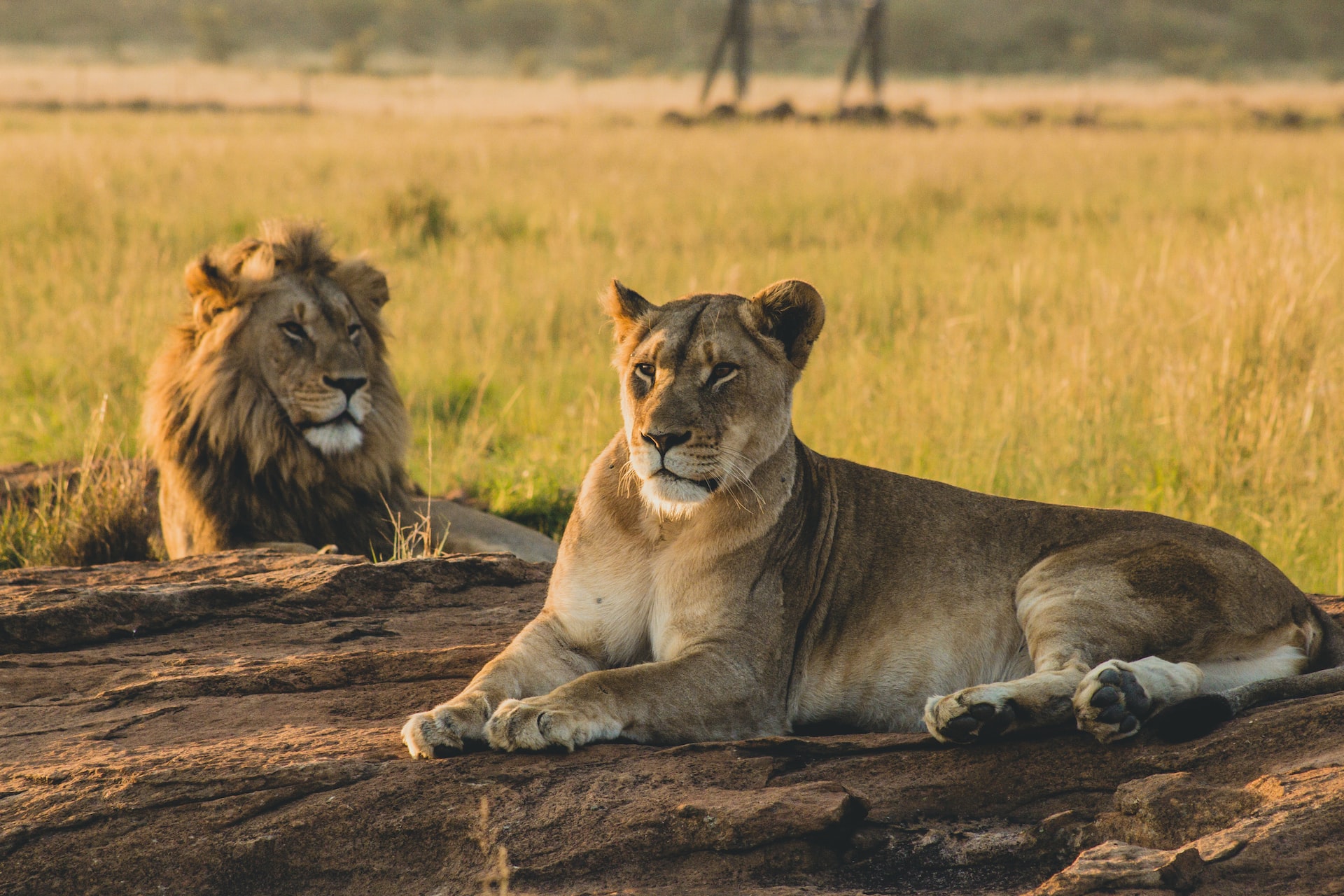Your Dynamic Snippet will be displayed here... This message is displayed because you did not provided both a filter and a template to use.
Popular Tours
Rosolosafaris has a unique way of meeting your adventurous expectations!
Your Dynamic Snippet will be displayed here... This message is displayed because you did not provided both a filter and a template to use.
Best Sellers of 2025
Our collection of the most popular adventures.
Your Dynamic Snippet will be displayed here... This message is displayed because you did not provided both a filter and a template to use.

Holiday Specials
We have deals for every day be it birthdays, honeymoons, babymoons, surprises and so much more. Talk to one of our agents today.

Rosolo Advantage
We promise to give you a smooth experience when you interact with us as we plan and execute that special getaway.

Premium Services
You are our VVIP and we will ensure that your experience with Rosolo and all the places that we will share with you are nothing short of that.
Meet The Team
Our highly trained and efficient team members at your service

Sam, Team Lead

Lawrence, Tour Guide

Marion, Travel Advisor

Stephanie, Admin

Lena, Travel Advisor

Victor, Operations
Our Partners
People who always support and endorse our good work.














